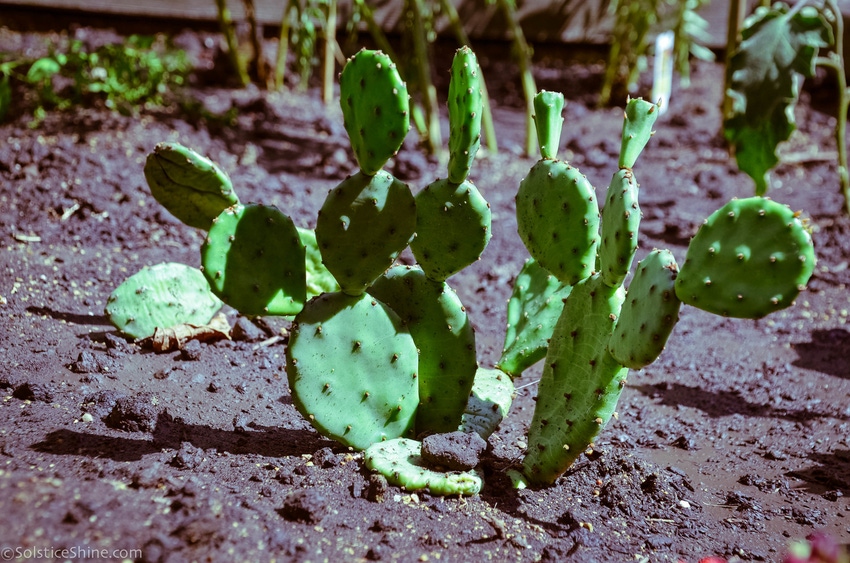
For pricklypear infestations, Texas and Southwestern ranchers have a faster-acting option to control pricklypear and other cacti in Dow AgroSciences' Surmount herbicide.
Surmount herbicide provides faster reduction of live pricklypear cover, with comparable final rootkills and cost, Dow AgroSciences says.
Related: When to turn beef cattle out on spring pasture
While pricklypear has long been used as emergency livestock feed in far south Texas during severe droughts and can offer cover to some wildlife, a heavy infestation of pricklypear can choke out desirable plants.
Left alone, pricklypear colonies can increase by about 33% per year or double in fewer than three years.
Ranchers have long relied on Tordon 22K herbicide, or Grazon P+D, sometimes in combination with prescribed burns of pastures. While effective, those treatments have been slow. While the standard broadcast treatment is typically applied in the fall, the full effect of Tordon 22K and Grazon P+D on pricklypear may not be realized for three years.
Nevertheless, the two herbicides had been the only products recommended for broadcast applications on pricklypear.
In a series of experiments by Dow AgroSciences, the Surmount herbicide consistently acted faster than current treatments. The faster action of Surmount is due to fluroxypyr, an active ingredient Surmount brings to cactus control.
Surmount combines fluroxypyr with picloram, the active ingredient in Tordon 22K herbicide, and one of the actives in Grazon P+D herbicide to control pricklypear. Surmount herbicide may be applied by air or ground broadcast, or as a high-volume foliar individual and does not contain 2,4-D.
In comparisons of the three products, pricklypear pads turn yellow and melt down quicker with Surmount. It is safe on rangeland grasses, so forage production is not sacrificed. Pricklypear is notoriously slow to die. Even with Surmount, it may take a year or more to cause significant reduction in pricklypear cover.
Related: Non-selective grazing builds up the land
In experiments rated two years after application, Surmount applied at four pints per acre averaged more than 75% control of pricklypear cover. Tordon 22K at its maximum rate of two pints per acre averaged 41% control.
Surmount herbicide also controls many other tree, brush and cactus species, including locust, rose, blackberry and Chinese tallowtree. Weeds controlled include thistles, horsenettle, ironweed, ragweed, kochia and many others.
Surmount should be applied when leaves of woody species are fully expanded for optimum control. Cactus species in the southern United States are best controlled when Surmount is applied in the fall.
For more pasture management tips, visit our Beef Producer blogs, The Grazier's Art and The Grazier's Gazette.
This story originally appeared Nov. 11, 2004.
About the Author(s)
You May Also Like




